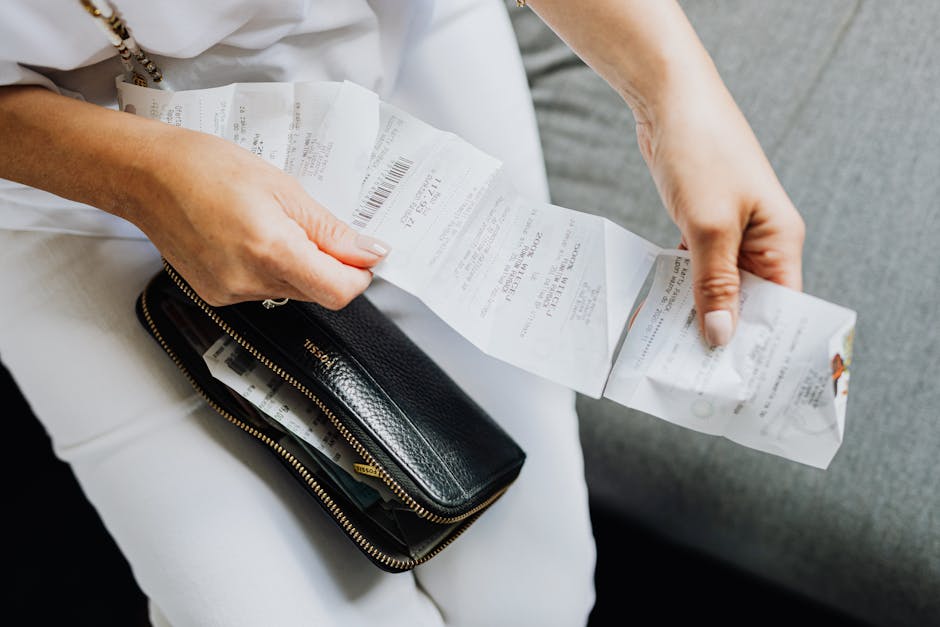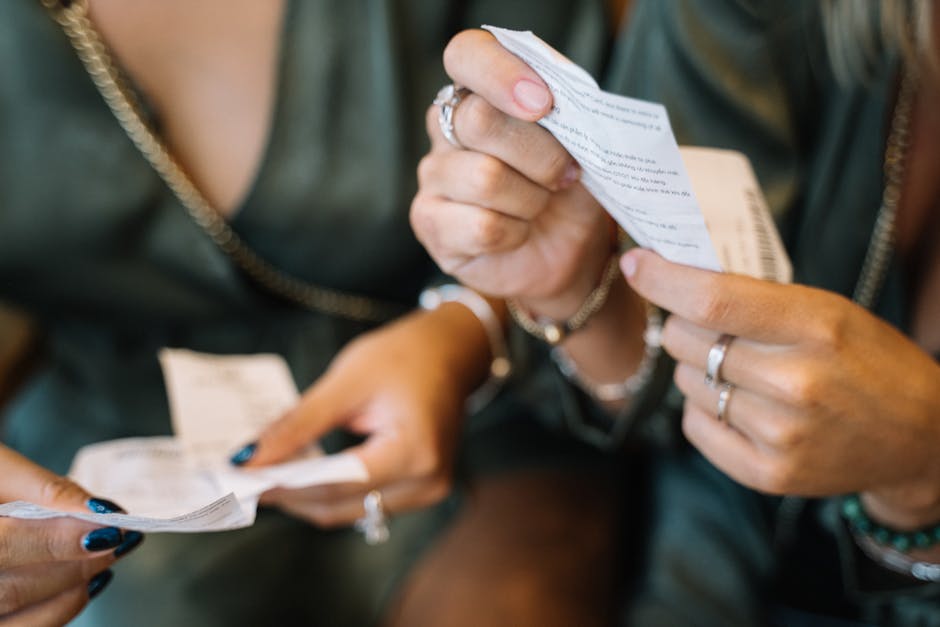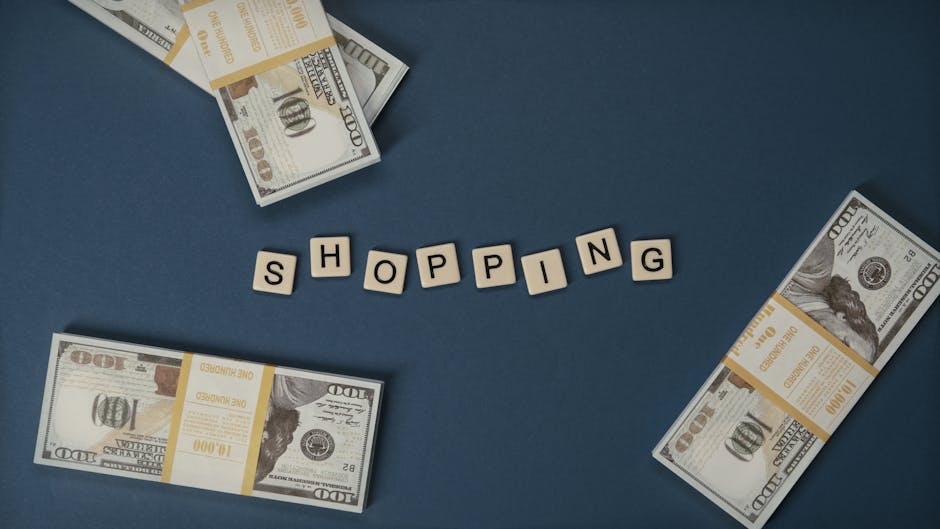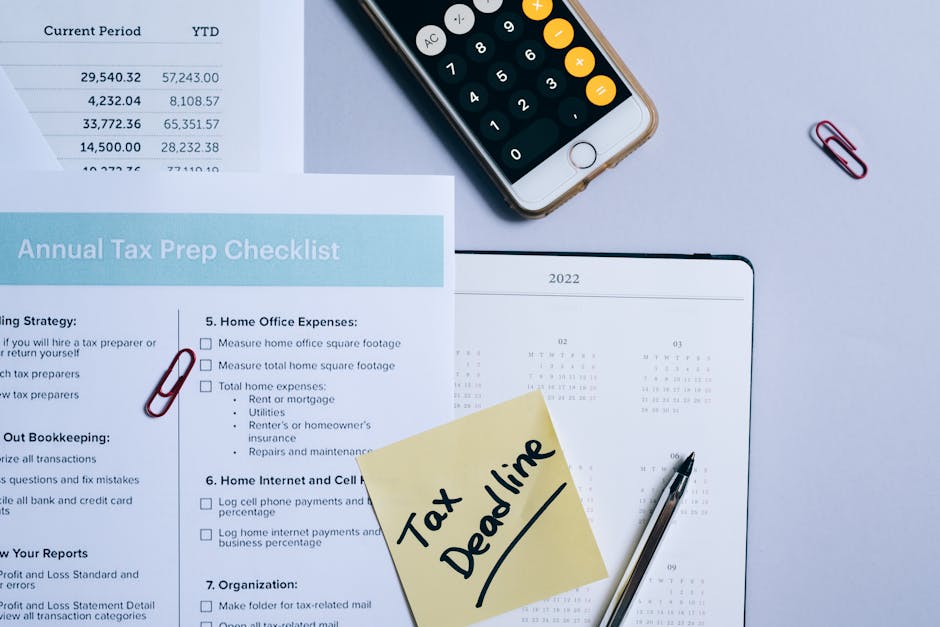How to Track Your Shopping Expenses
Shopping can be a fun and rewarding experience, but it can also lead to overspending if you’re not careful. Whether you’re buying groceries, clothes, or electronics, keeping track of your expenses is essential for maintaining a healthy budget. In this comprehensive guide, we’ll explore the importance of tracking your shopping expenses, provide practical tips on how to do it effectively, and discuss the benefits of managing your finances wisely.
The Importance of Tracking Your Shopping Expenses

By Photo By: Kaboompics.com via Pexels
Have you ever found yourself wondering where all your money went at the end of the month? Tracking your shopping expenses can help you answer that question. By keeping a record of what you spend, you can gain insight into your spending habits, identify areas where you can cut back, and avoid unnecessary purchases. Additionally, tracking your expenses can help you stay within your budget, save money for future goals, and achieve financial stability.
One of the key benefits of tracking your shopping expenses is that it allows you to see where your money is going. You might be surprised to discover how much you’re spending on certain items or categories. For example, you might realize that you’re spending more on dining out than you thought, or that you’re buying clothes more frequently than you need to. By becoming aware of your spending patterns, you can make informed decisions about where to cut back and where to prioritize your spending.
Another important reason to track your shopping expenses is to avoid overspending. It’s easy to get carried away when shopping, especially with the convenience of online shopping and the temptation of sales and discounts. However, by keeping track of your expenses in real-time, you can stay mindful of your budget and prevent impulsive purchases. This can help you avoid accumulating debt, reduce financial stress, and achieve your financial goals more efficiently.
How to Track Your Shopping Expenses

By Anna Tarazevich via Pexels
Now that we’ve covered why tracking your shopping expenses is important, let’s discuss how to do it effectively. There are several methods you can use to track your expenses, depending on your preferences and lifestyle. Here are some practical tips to help you get started:
1. Keep a Detailed Record
One of the most basic ways to track your shopping expenses is to keep a detailed record of every purchase you make. This can be done using a notebook, a spreadsheet, or a budgeting app on your phone. Make sure to include the date, amount spent, and a brief description of the item or service purchased. By writing down your expenses as soon as you make them, you can ensure that you don’t forget anything and have an accurate picture of your spending habits.
For example, if you buy groceries, clothes, or household items, make a note of the total amount spent and the individual items purchased. If you pay for services like dining out, transportation, or entertainment, record the cost and any additional details that might help you categorize your expenses later. Keeping a detailed record will not only help you track your spending but also make it easier to analyze your expenses and make adjustments to your budget.
2. Use Budgeting Apps
If you prefer a more automated approach to tracking your shopping expenses, consider using budgeting apps like Mint, YNAB (You Need A Budget), or PocketGuard. These apps can sync with your bank accounts and credit cards to track your expenses in real-time and categorize them automatically. You can set spending limits for different categories, receive alerts for upcoming bills, and view your financial trends over time.
Budgeting apps can also help you create a budget based on your income and expenses, set financial goals, and track your progress towards them. Many apps offer features like bill reminders, debt payoff calculators, and investment tracking to help you manage your finances more effectively. By using a budgeting app, you can simplify the process of tracking your shopping expenses and gain a better understanding of your financial situation.
3. Categorize Your Expenses
To track your shopping expenses more efficiently, it’s helpful to categorize your expenses into different groups. This can include categories like groceries, dining out, transportation, entertainment, clothing, and personal care. By organizing your expenses into categories, you can see at a glance where your money is going and identify areas where you can save.
When categorizing your expenses, be sure to use descriptive labels that are easy to understand and consistent across all your purchases. This will make it easier to analyze your spending patterns, create a budget, and make adjustments as needed. You can also use subcategories within each group to further break down your expenses and gain more detailed insights into your spending habits.
4. Set Realistic Goals
Tracking your shopping expenses is not just about recording what you spend, but also about setting goals for your finances. Whether you want to save for a vacation, pay off debt, or build an emergency fund, having clear objectives can motivate you to track your expenses more diligently and make smarter financial decisions.
When setting financial goals, make sure they are specific, measurable, achievable, relevant, and time-bound (SMART). For example, if you want to save $1,000 for a new laptop in six months, you can break down this goal into smaller monthly targets and track your progress regularly. By having a clear roadmap for your finances, you can stay focused, disciplined, and accountable for your spending habits.
5. Review and Adjust Your Budget
Tracking your shopping expenses is an ongoing process that requires regular review and adjustment. Set aside time each week or month to review your expenses, compare them to your budget, and identify any discrepancies or areas of improvement. This can help you stay on track with your financial goals, make informed decisions about your spending, and avoid overspending.
During your review, pay attention to any trends or patterns in your spending that might require adjustments. For example, if you notice that you’re consistently overspending on dining out, you can set a lower budget for this category or find ways to reduce your expenses, such as cooking at home more often. By staying proactive and making small changes to your budget as needed, you can maintain a healthy balance between spending and saving.
Benefits of Tracking Your Shopping Expenses

By Tima Miroshnichenko via Pexels
There are several benefits to tracking your shopping expenses, beyond just managing your budget. By keeping a record of your purchases, you can:
- Identify areas where you can save money
- Avoid unnecessary purchases and reduce clutter
- Stay within your budget and achieve financial goals
- Reduce financial stress and improve your overall well-being
- Gain a better understanding of your spending habits and make informed decisions
Overall, tracking your shopping expenses can help you take control of your finances, make smarter choices about how you spend your money, and reach your financial goals more efficiently. By being mindful of your expenses, setting clear objectives, and reviewing your budget regularly, you can build a solid foundation for a secure financial future.
Common Misconceptions About Tracking Your Shopping Expenses

By Leeloo The First via Pexels
Despite the many benefits of tracking your shopping expenses, there are some common misconceptions that may prevent people from doing so. Here are a few myths debunked:
- It’s too time-consuming: Tracking your expenses doesn’t have to be a time-consuming task. With the help of budgeting apps and automated tools, you can streamline the process and make it more efficient.
- It’s only for people on a strict budget: Regardless of your income level, tracking your shopping expenses can benefit everyone. It’s about being mindful of how you spend your money and making informed choices.
- It’s too complicated: While managing your finances can seem daunting at first, there are many resources available to help you track your expenses effectively. Start with simple methods and gradually build your financial literacy over time.
By dispelling these misconceptions and adopting a proactive approach to tracking your shopping expenses, you can take control of your financial future and achieve your goals with confidence.
Conclusion
To wrap things up, tracking your shopping expenses is a valuable tool for managing your finances, staying within your budget, and achieving your financial goals. By keeping a detailed record of your purchases, using budgeting apps, categorizing your expenses, setting realistic goals, and reviewing your budget regularly, you can build a solid foundation for a secure financial future.
Remember that tracking your expenses is not just about recording what you spend, but also about gaining insight into your spending habits, making informed decisions, and taking control of your finances. By being mindful of your expenses, setting clear objectives, and staying proactive about your budget, you can set yourself up for success and financial well-being.
So, take the first step towards financial empowerment today by tracking your shopping expenses and making smart choices about how you manage your money. Your future self will thank you for it!




